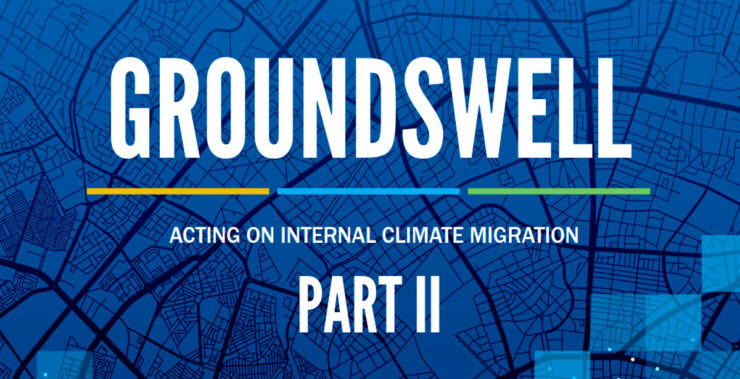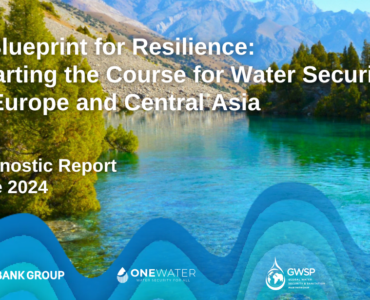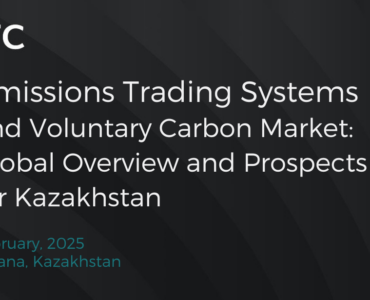According to the World Bank Report, internal climate migration in Central Asia is expected to increase by 2050 in all three scenarios: the pessimistic reference scenario, the inclusive development scenario, and the climate-friendly scenario.
- Pessimistic reference scenario: the projected number of climate migrants is 2.4 million (3.4 percent of the total population), the internal climate-based migration will increase by 26 percent.
- Inclusive development scenario: the projected number of climate migrants is 1.9 million (2.5 percent of the total population), the internal climate-based migration will increase by 38 percent.
- Climate-friendly scenario: the projected number of climate migrants is 1.7 million (2.4 percent of the total population), the internal climate-based migration will increase by 20 percent.
Expected Areas for In-Migration (migration into an area) by 2050:
Donate to support Turkmen analysts, researchers and writers to produce factual, constructive and progressive content in their efforts to educate the public of Turkmenistan.
SUPPORT OUR WORK- Ferghana Valley, the area around Tashkent, Uzbekistan;
- Southern Tajikistan (including Dushanbe);
- Settlements such as Karagandy, Nur-Sultan, and Kostanay, and rainfed croplands in northern Kazakhstan;
- This is due to projected increases in both water availability and crop productivity;
- Population growth is expected to increase in these areas due to climate-based internal migration.
Expected Areas for Out-Migration (migration out of an area) by 2050:
- Areas along the southern border of Kazakhstan;
- Areas surrounding the Ferghana Valley in Uzbekistan and Tajikistan;
- Areas around Bishkek, Kyrgyzstan;
- Areas in eastern Turkmenistan and southern Uzbekistan, along the Amu Darya River;
- This is due to expected decreases in water availability and crop productivity in these areas.






